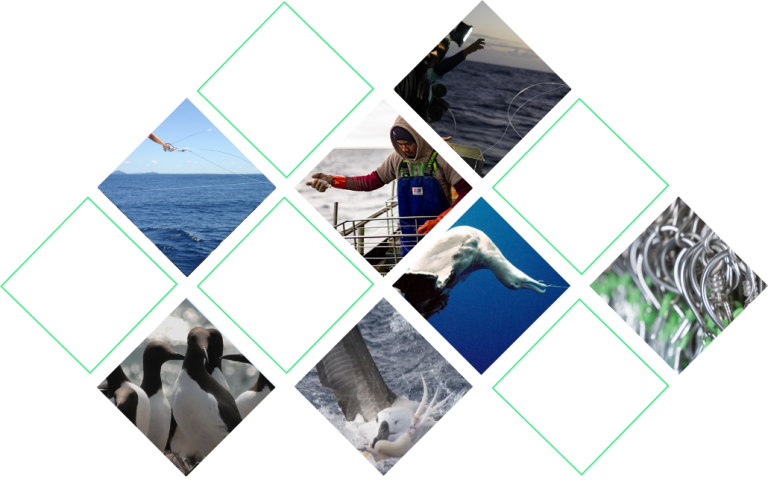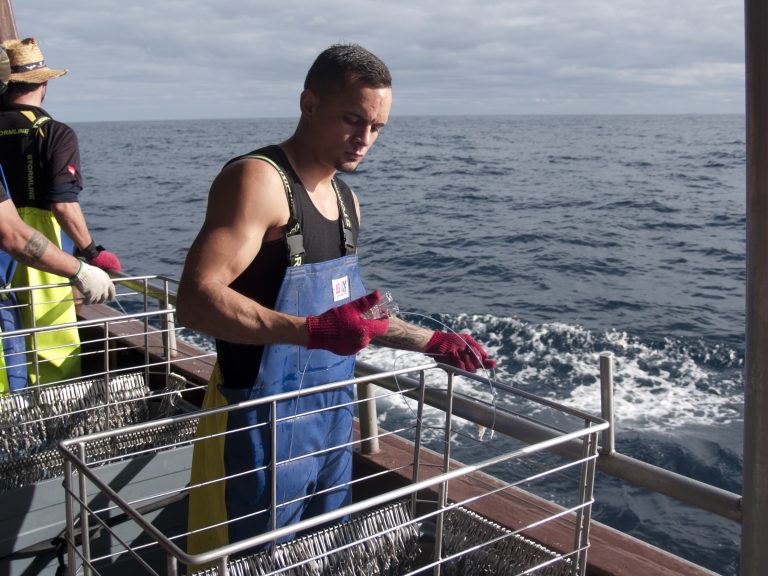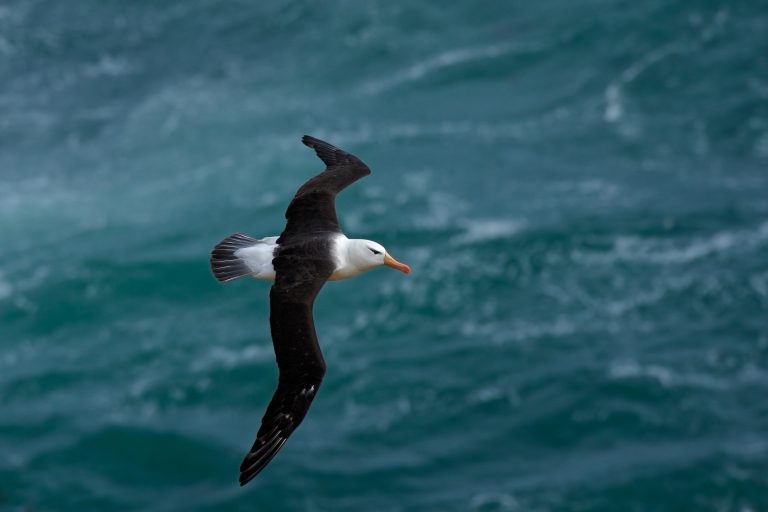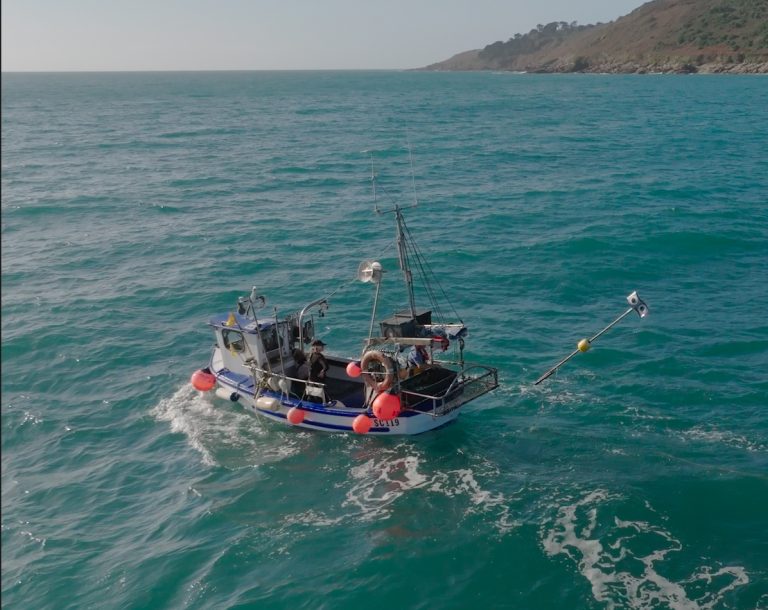THE PROBLEM
An estimated 400,000 seabirds die every year in gillnets every year. These nets are often concentrated in coastal areas where seabirds are breeding and feeding, leading to high levels of entanglement. The highest bycatch has been reported in the Pacific northwest, Iceland and the Baltic Sea.
Significant numbers of seabirds are also caught on longline hooks and drowned annually – estimates range from 160,000 to 320,000. Albatross and storm petrel species target the baited hooks as they are shot from fishing vessels in the southern oceans, where they are drowned. Of the 61 species affected by longline fisheries, 21 are threatened with extinction, including 18 of the 22 species of albatross.



